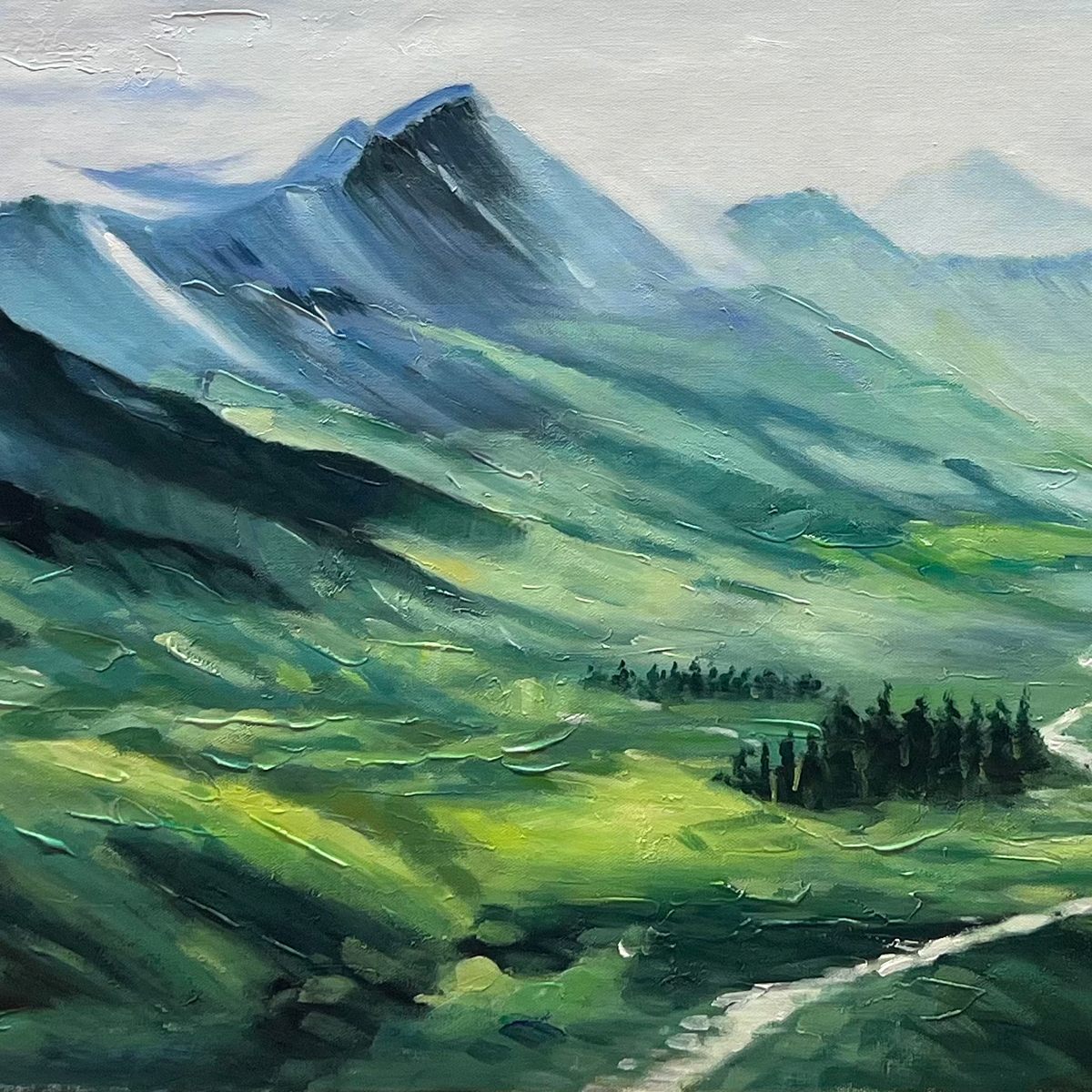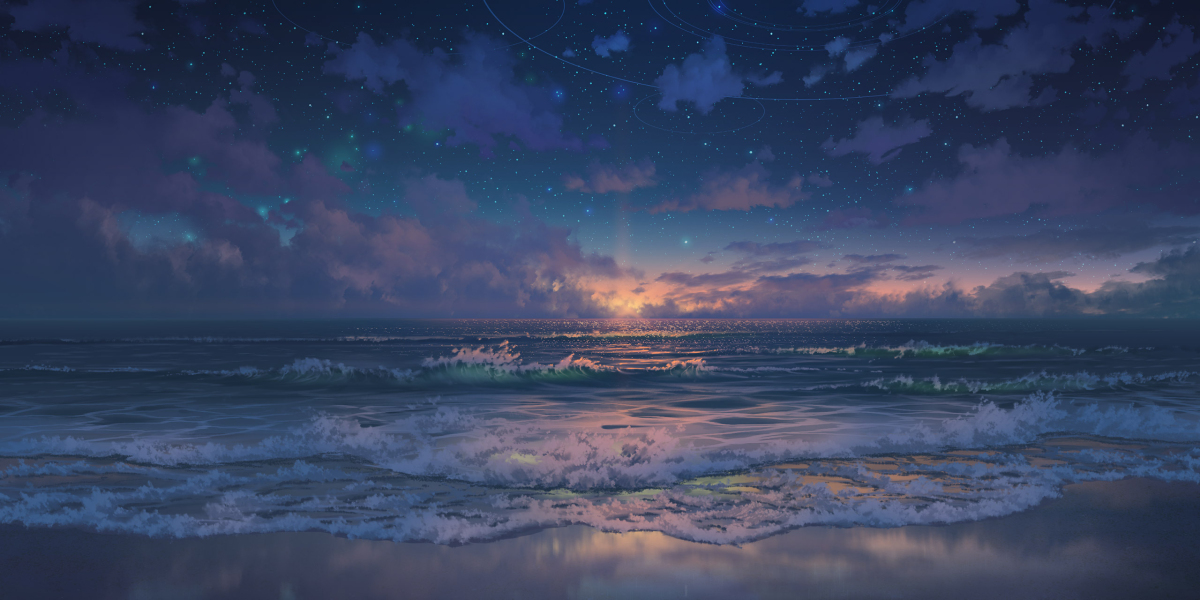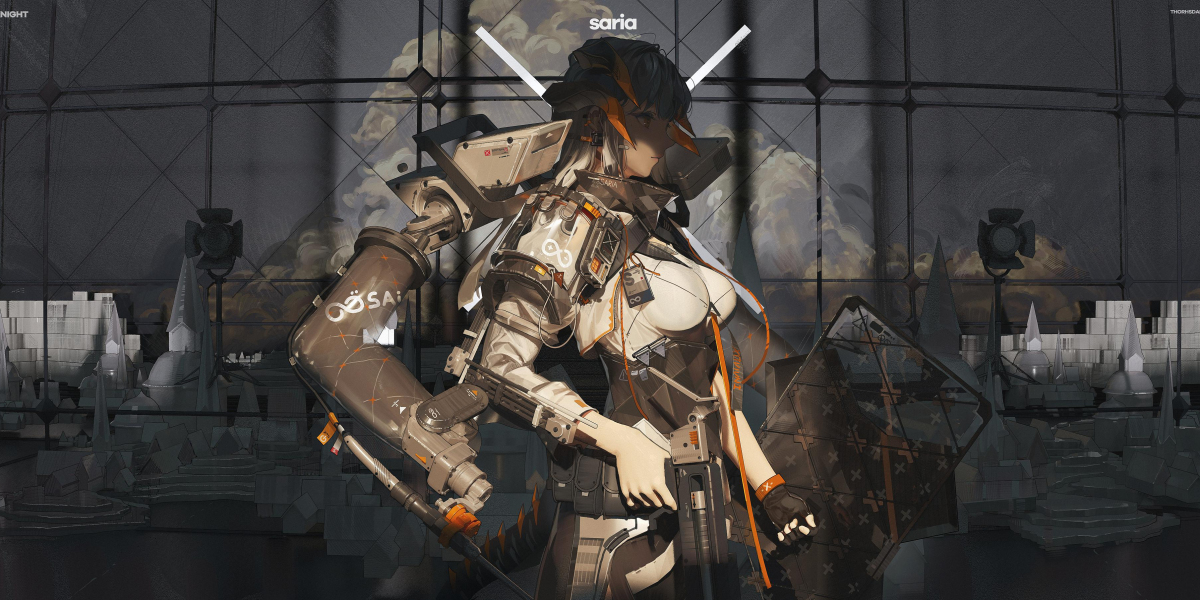Unlock the Secrets of Landscape Art: Discover the Masterpieces that Captivated Generations!
Landscape art paintings have long held a cherished place in the hearts of art lovers and casual observers alike. Their significance transcends mere decoration; they evoke emotions, capture the essence of nature, and reflect the changing world around us. Throughout history, landscape art has evolved, influencing and being influenced by cultural shifts, technological advancements, and artistic movements. From the serene vistas of ancient civilizations to the expressive landscapes of modern artists, this genre embodies our relationship with nature and our place within it. As we delve into the world of landscape art, we'll explore its rich history, diverse styles, and influential artists who have shaped its legacy.

The History of Landscape Art
The roots of landscape art can be traced back to ancient civilizations, where early depictions of nature were often intertwined with mythology and spirituality. The Egyptians, Greeks, and Romans created works that incorporated landscapes as backgrounds to religious or historical themes. However, it wasn't until the Renaissance that landscape painting emerged as a significant genre in its own right. Artists like Leonardo da Vinci and Raphael began to incorporate more naturalistic landscapes, showcasing the beauty of the natural world. The Baroque period further propelled this evolution, with artists such as Claude Lorrain and Jacob van Ruisdael emphasizing dramatic lighting and atmospheric effects. The 18th century saw the rise of Romanticism, where artists like Caspar David Friedrich used landscapes to explore human emotions and the sublime. This era laid the groundwork for Impressionism in the late 19th century, with artists like Monet capturing fleeting moments and the effects of light on the landscape. Each of these key periods contributed to the development of landscape art paintings, creating a rich tapestry that continues to inspire artists today.
Styles and Techniques in Landscape Painting
Landscape painting is characterized by a multitude of styles and techniques, each reflecting different artistic philosophies and cultural contexts. Romanticism, for instance, emphasized emotion and individualism, often featuring dramatic scenes that conveyed the power of nature. Impressionism, on the other hand, revolutionized landscape painting with its focus on light and color, using short, broken brush strokes to capture the essence of a moment. Artists like Monet famously painted the same scene multiple times to reflect the changes in light and atmosphere throughout the day. Realism followed, aiming to depict landscapes as they truly appeared, without idealization. Techniques such as layering, glazing, and impasto play essential roles in creating depth and texture in landscape paintings. Color theory is also fundamental; artists learn to use contrasting colors to evoke emotions and create harmony in their compositions. The integration of technology, such as digital tools and photography, has introduced new methods and approaches, expanding the boundaries of traditional landscape painting.
Notable Landscape Artists and Their Masterpieces
Some of the most influential landscape artists have left an indelible mark on the art world with their masterpieces. Claude Monet, a leader of the Impressionist movement, is renowned for his series of paintings capturing the water lilies in his garden at Giverny. His work, "Impression, Sunrise," not only gave the Impressionist movement its name but also revolutionized how landscapes were perceived. Vincent van Gogh's expressive landscapes, such as "Starry Night" and "Wheatfield with Crows," showcase his unique ability to convey emotion through color and movement. British artist John Constable is celebrated for his realistic depictions of the English countryside, particularly in works like "The Hay Wain," which resonate with nostalgia and a deep appreciation for rural life. These artists, among others, have not only shaped the landscape genre but also influenced countless generations of artists, inspiring them to explore the depths of their own creativity.
The Modern Influence of Landscape Art
Today, landscape art continues to evolve, influenced by contemporary artists who blend traditional techniques with innovative ideas. Modern technology, including digital painting and photography, has expanded the possibilities for artists, allowing for new expressions of landscape. Many contemporary landscape artists are also exploring environmental themes, using their work to comment on climate change and the fragility of nature. This integration of technology and social awareness ensures that landscape art remains a vital and relevant form of expression, inviting audiences to reflect on the natural world and our responsibility toward it.
Embracing the Beauty of Landscape Art
Landscape art paintings have a timeless appeal that resonates across generations, serving as a bridge between humanity and nature. Their ability to evoke emotions and provoke thought makes them an essential part of the art world. As we explore the rich history, diverse styles, and notable artists of landscape art, we are reminded of the beauty that surrounds us and the creativity that it inspires. Whether you are a seasoned art enthusiast or a curious newcomer, I encourage you to delve into the world of landscape art and appreciate its myriad forms. There is a masterpiece waiting to be discovered, one that speaks to your heart and invites you to see the world through the eyes of the artist.








